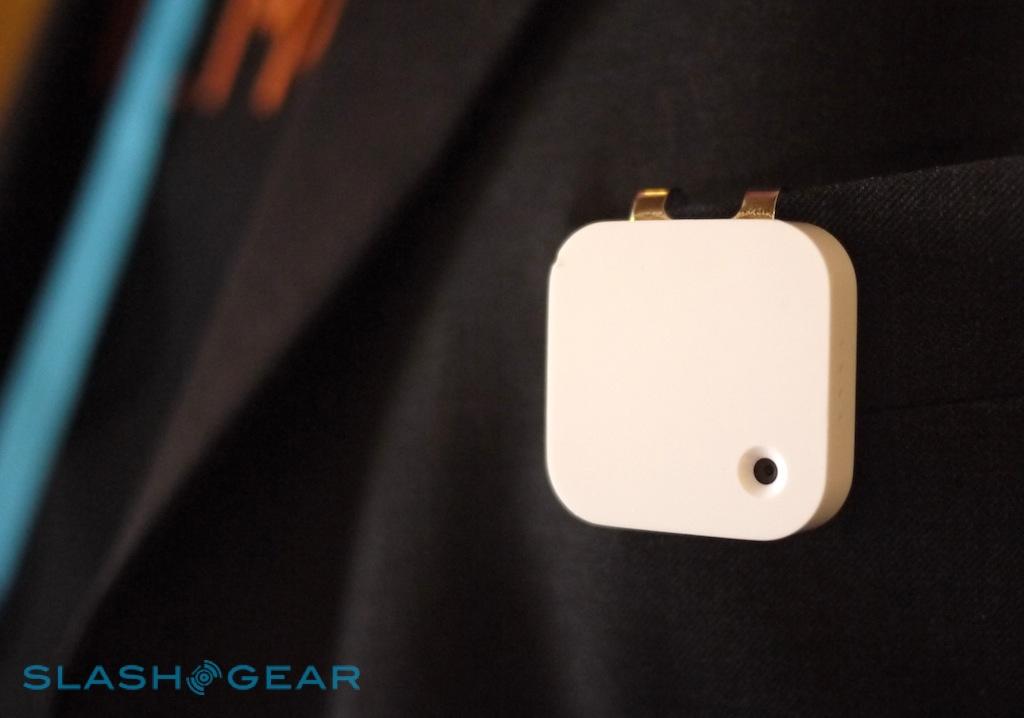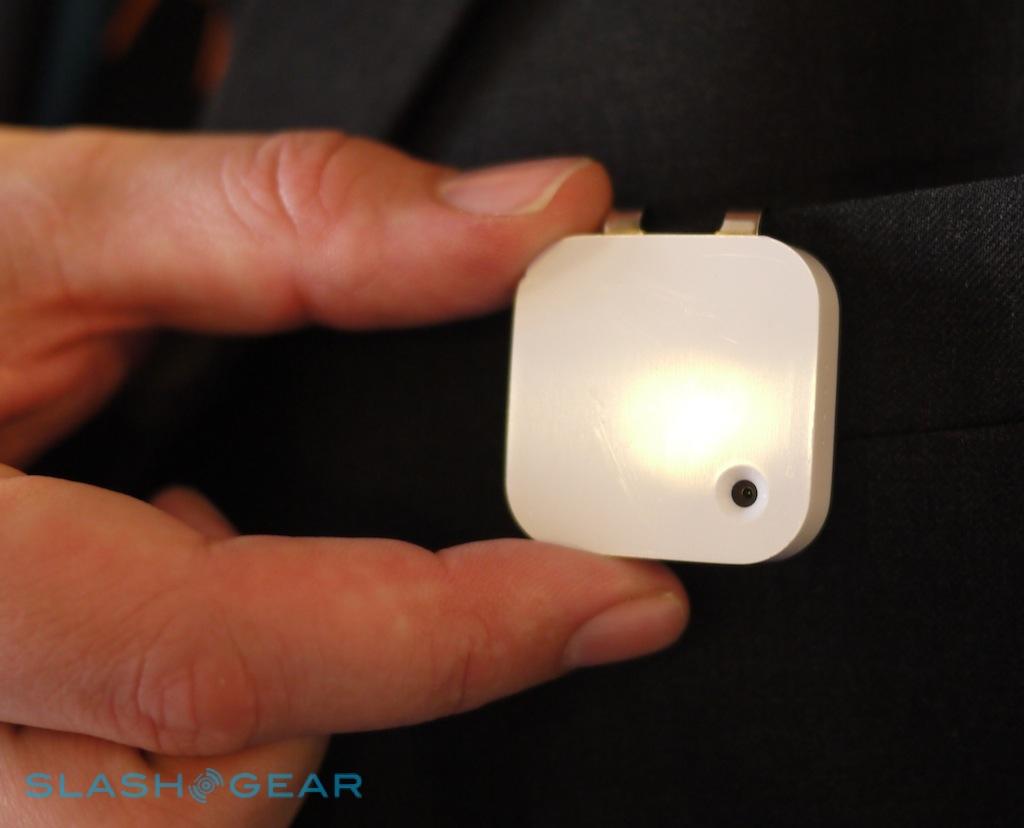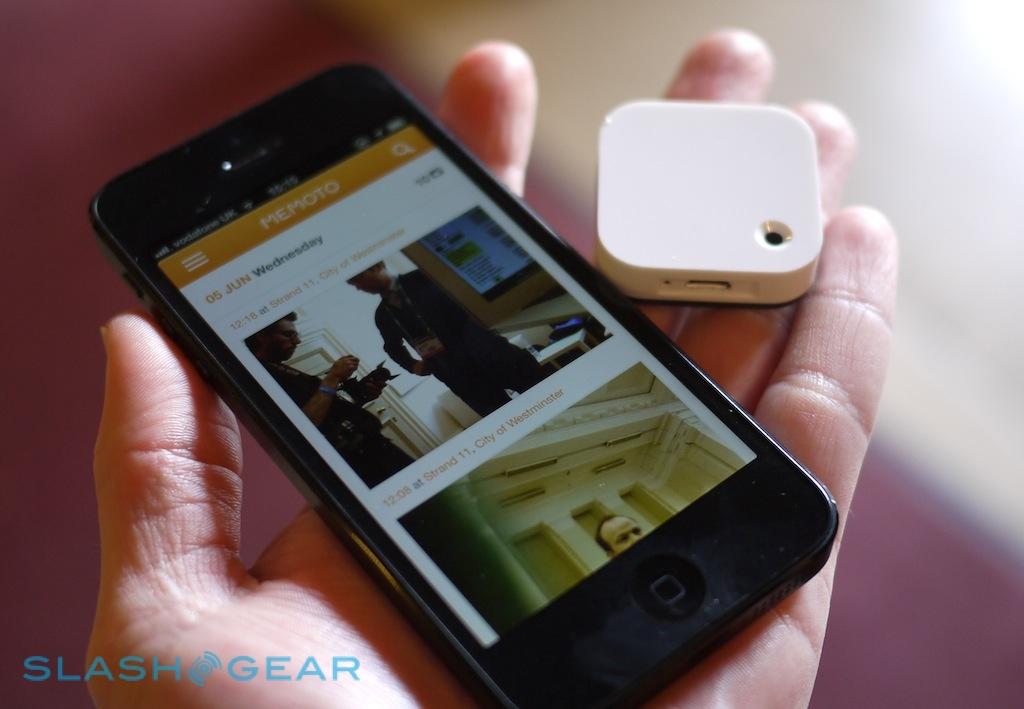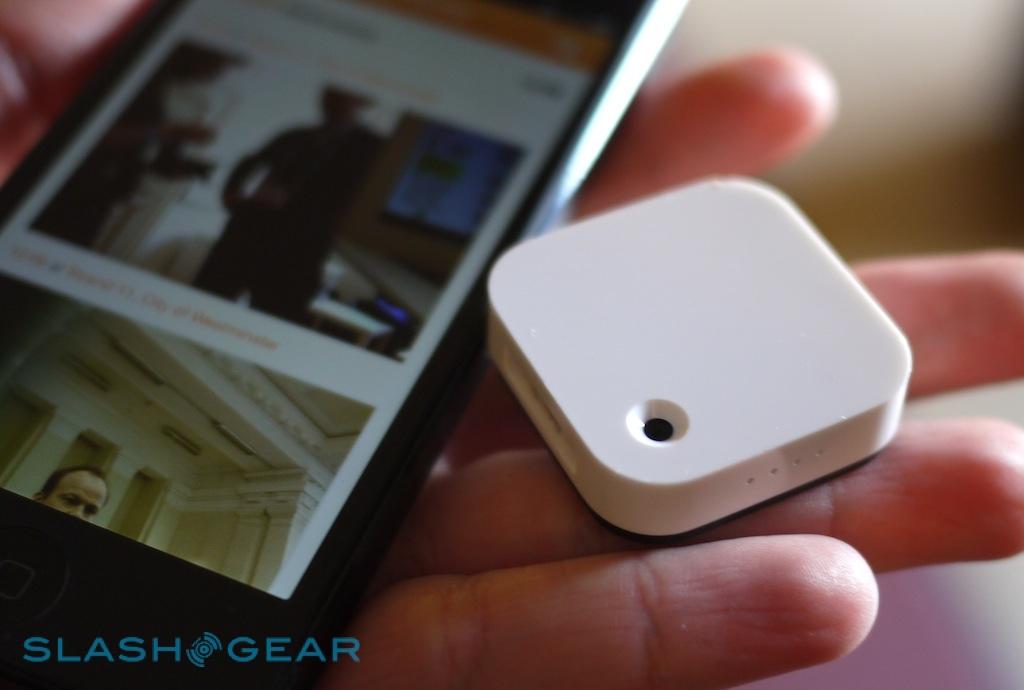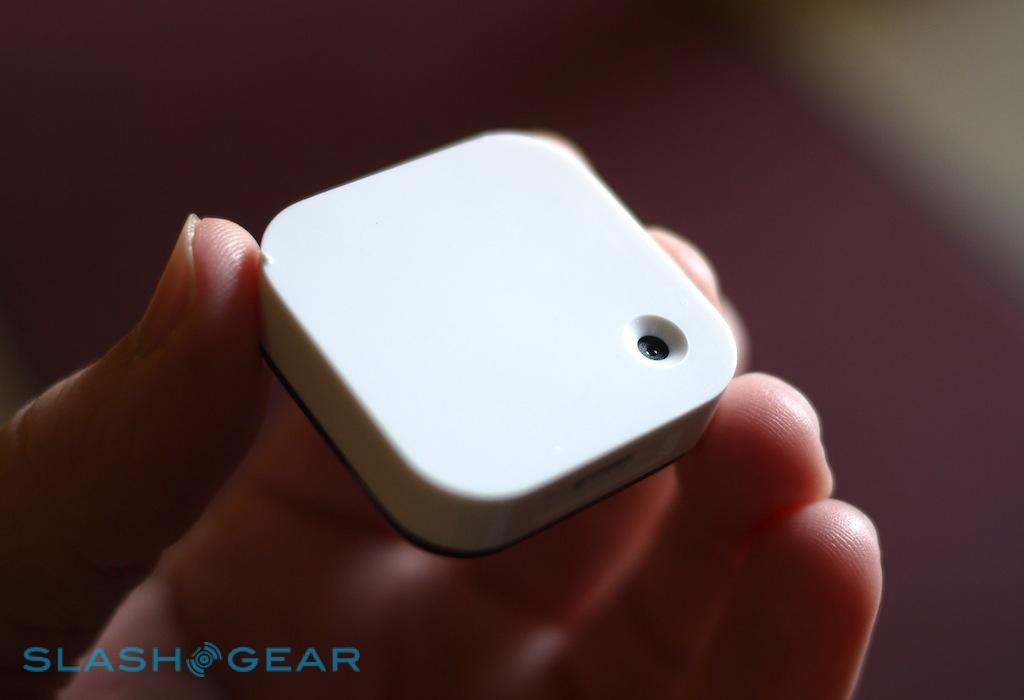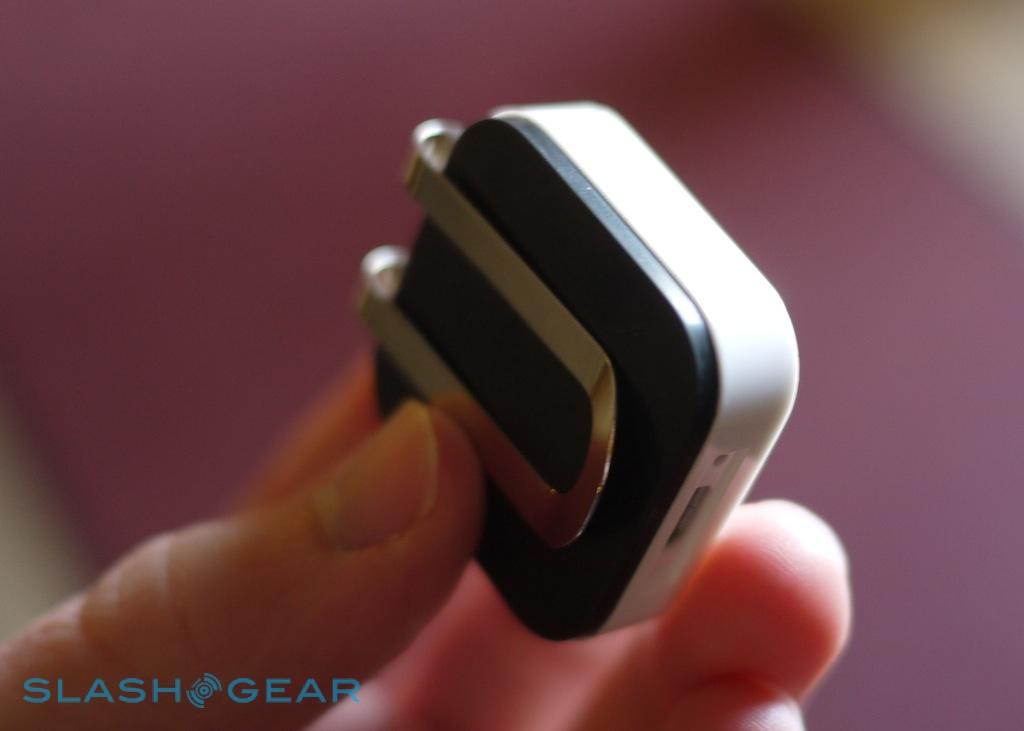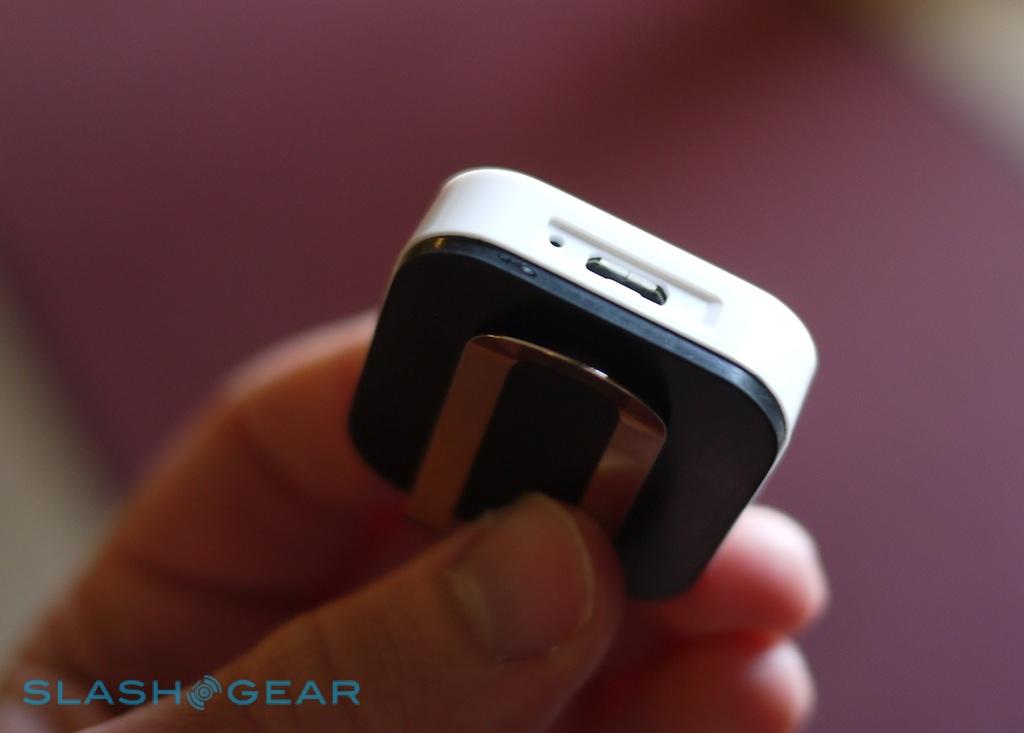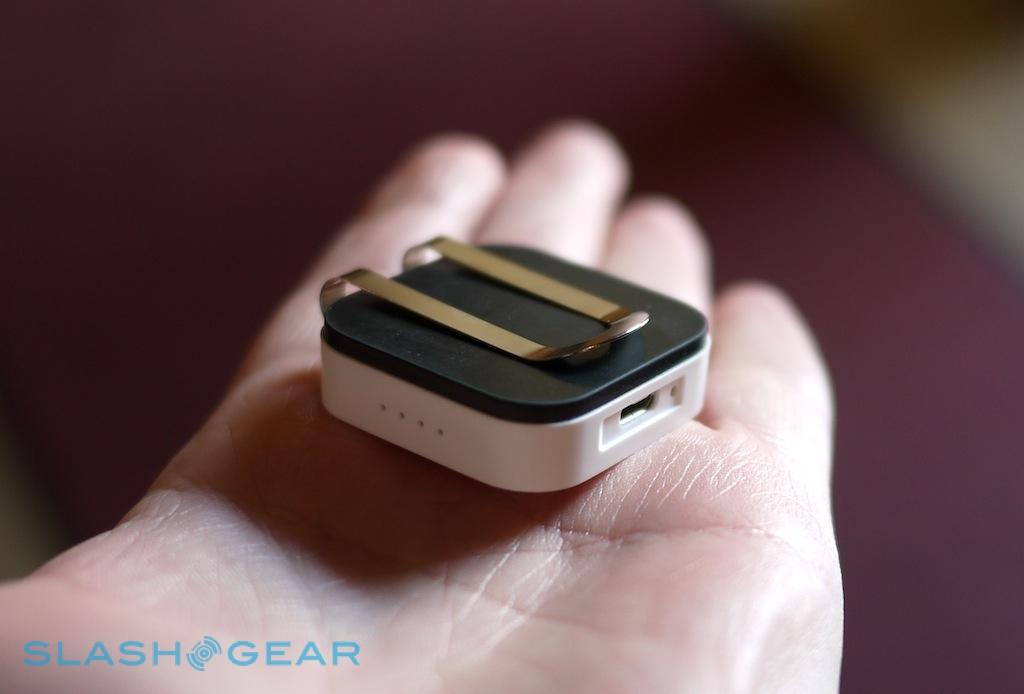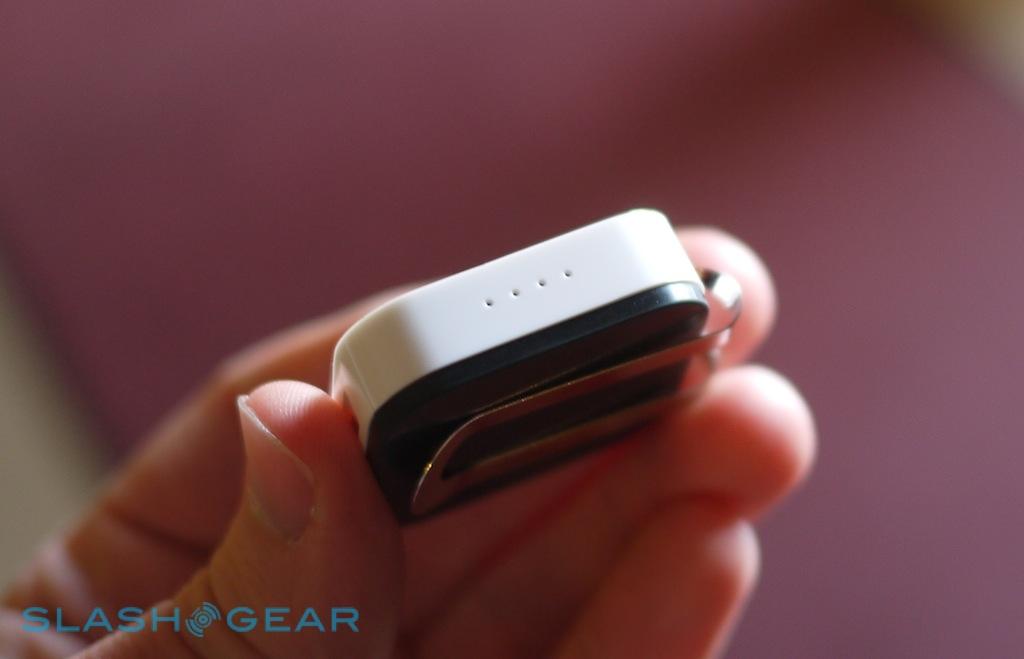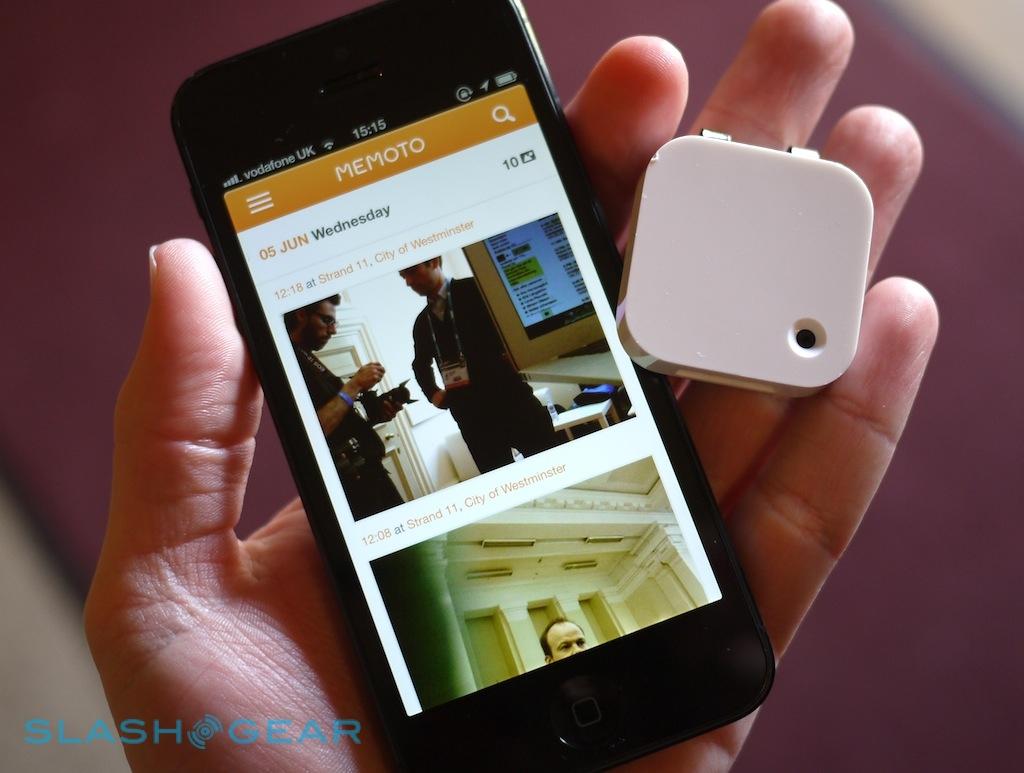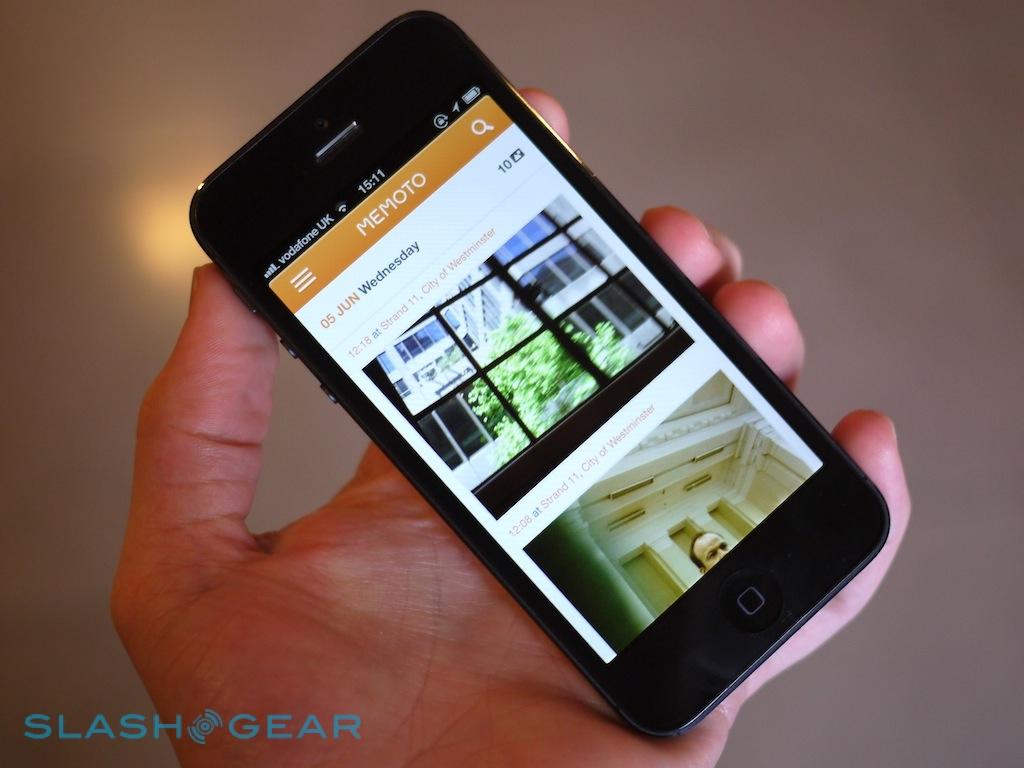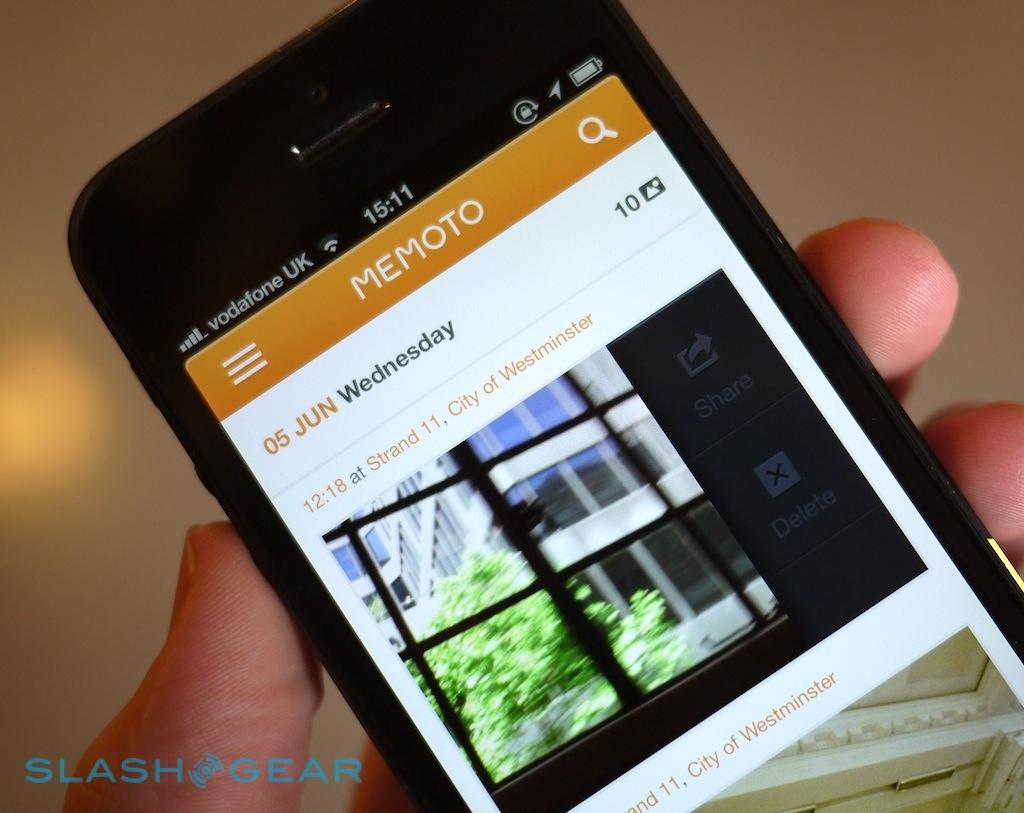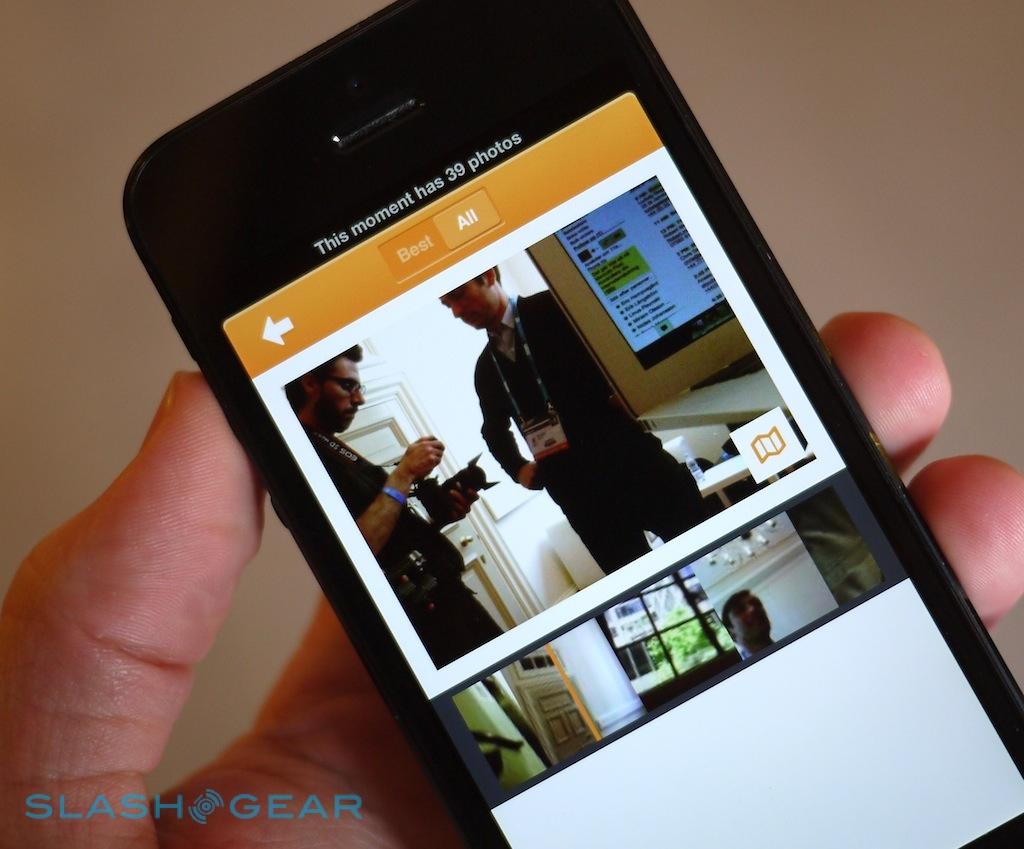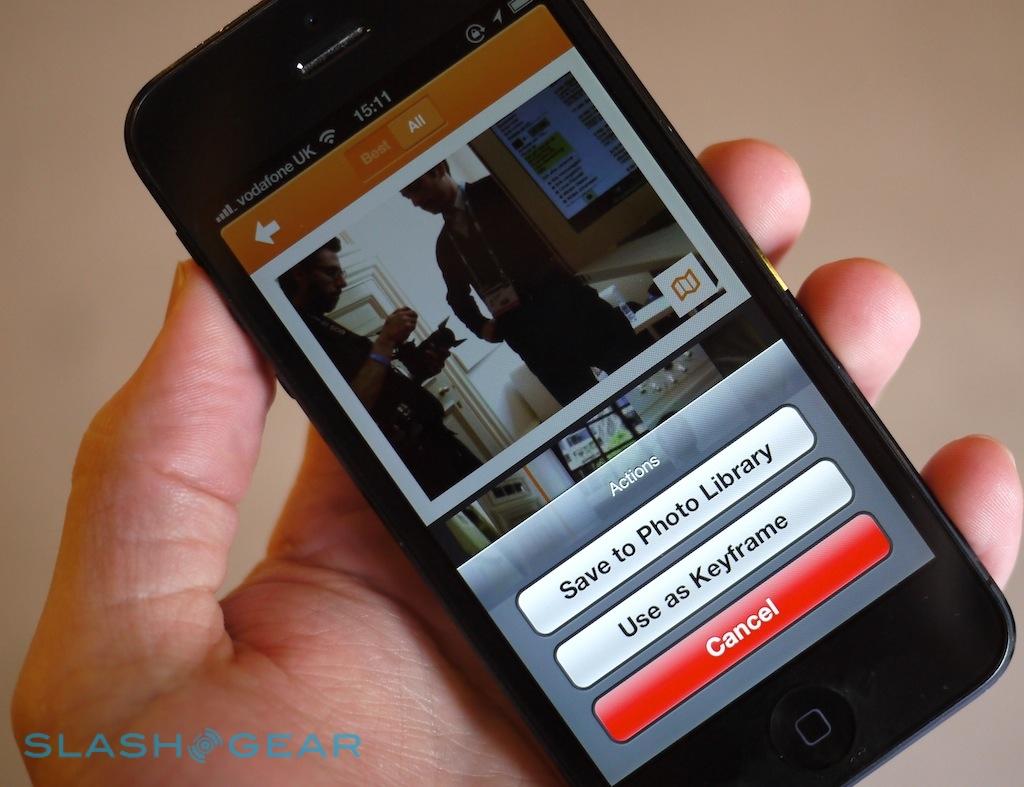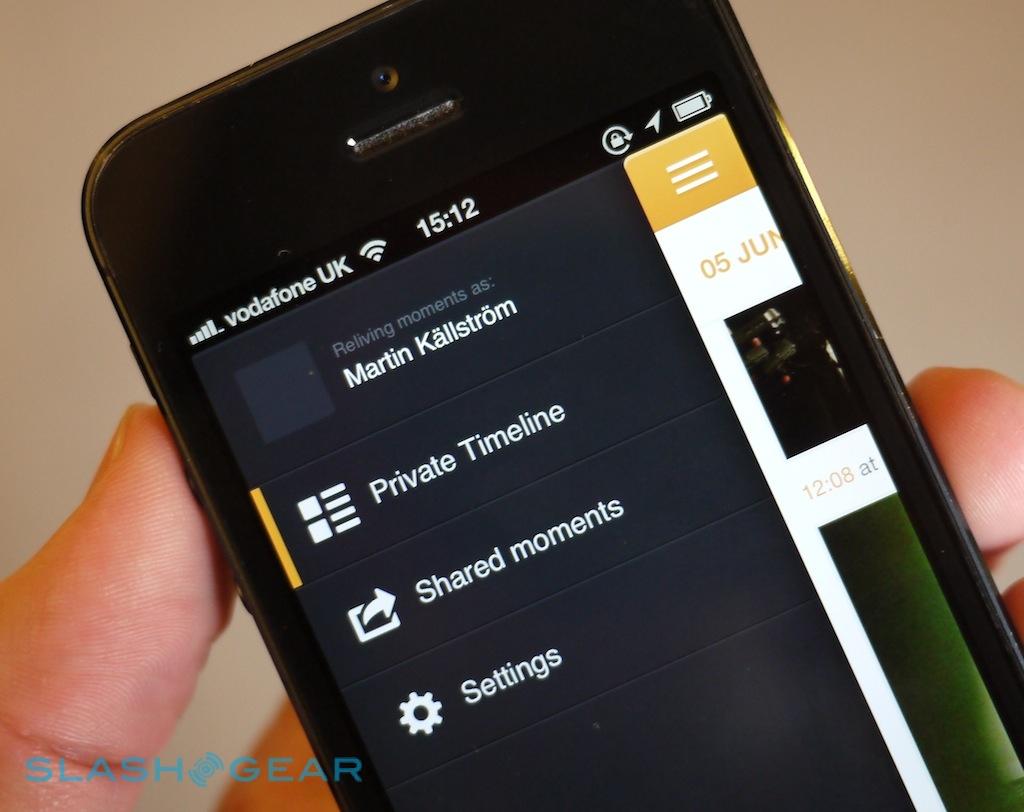Memoto hands-on: Life-logging with Kickstarter's wearable camera
Your every moment, documented. That's the Memoto concept, a tiny wearable camera that snaps a shot every thirty seconds to digitally augment your memory. Early doubts as to whether enough people would want to record each waking moment were quickly squashed when the Memoto Kickstarter saw 11x the expected pledges, though the challenge of bringing such an ambitious product to market has ended up taking the Swedish team longer than expected. We caught up with Martin Källström, CEO and co-founder of Memoto to check out the latest prototype, talk product development in the public eye, and find out what comes next for the clip-on camera.
If life-logging has passed you by, a brief recap. A subset of wearables, rather than blending digital graphics with your vision, as with augmented/mediated reality, life-logging instead attempts to document your daily life. Most commonly done with still photos, the concept is perhaps best known in connection with the work of Microsoft's Gordon Bell, who for years has been wearing a custom-made camera that fires off a shot periodically.
Memoto's goal was to bring that to the mass market, or at least a broader market than Bell's research had achieved. Measuring 36 x 36 x 9 mm with a clip for your pocket, coat, or bag strap, it incorporates a 5-megapixel camera, GPS, an accelerometer, and space for up to 4,000 photos – coincidentally, Memoto suggests, the amount you'll take after two days of solid shooting every thirty seconds, and the length of time the rechargeable battery is rated for.
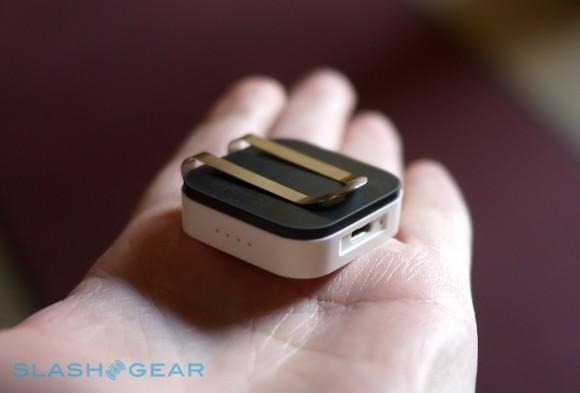
A microUSB port pulls the photos off the life-logger and into the cloud, where some clever processing takes place – more on which in a moment. The camera's accelerometer ensures that, no matter which orientation the Memoto is clipped on, the photos always come out the right way up.
In the plastic, the camera is smaller than you might expect from photos. Källström's pre-production unit is white, and so stands out from his dark suit, but there'll be an orange version for those who want something eye-catching, and a dark grey model which ought to be more discrete (a piano-black version was a Kickstarter exclusive). The absence of physical controls is the next thing you notice: there's no power button or a physical shutter key. Instead, you can tap the Memoto to manually trigger a shot, or – eventually, since it wasn't working on this non-final device – double-tap to show either battery or storage status on the row of four LEDs on the side.
Memoto hardware:
Memoto's original plan had been to have the camera in the hands of Kickstarter backers by February 2013. That proved somewhat over-ambitious; it's now June, and the latest estimate suggests the first units will be shipping by the end of the summer. As Källström admitted to us, he and his team were perhaps naive as to how much effort would be required to build, not only a physical device, but all of the software involved to handle every stage of the Memoto process.
As well as the code for the camera itself, there's the uploader which shuttles photos from Memoto to cloud (in two versions, mind, for Windows and Mac), the server backend which processes the photos into "Moments", mobile apps for iOS and Android, and then the web services for galleries and sharing. "Compared to 'just an app' it's a very high level of complexity," Källström concluded.
Adding to the difficulty were unforeseen issues in the hardware, too. The original intention had been to use a ceramic GPS antenna, which relies on the PCB itself for part of its functionality; however, the sheer density of the electronics Memoto was packing onto the PCB meant that there simply wasn't enough base material for that to work. The company had to go back to the drawing board – with the help of some antenna specialists – and come up with a new design, looping it around the inside of the casing, Källström explained, since the shell of the camera wasn't physically big enough to have the 4.7cm-long antenna stretch out flat.
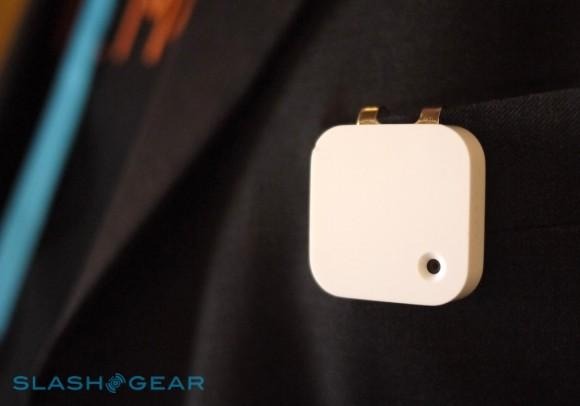
That process introduced a delay of several months, though did give Memoto time to accommodate a digital compass, which means the camera not only knows where photos were taken but in what direction the wearer was facing at the time.
What's stayed consistent through the extended process, however, is the degree of communication between Memoto and the backers on Kickstarter. The start-up has been posting weekly updates, detailing behind-the-scenes decisions, changes, and events – good and bad – to keep the earliest customers in the loop. We asked Källström whether the obligation to inform on Kickstarter had been a help or a hinderance, and he told us that, on balance, the outcome has "overall been positive."
"We feel great generosity to the Kickstarter community" he explained, pointing out that while there have been times when Memoto might have preferred to have devoted all of the team's time to working on issues, not documenting them, there have been unexpected benefits beyond keeping backers happy. Källström credits the number of preorders Memoto has taken since the Kickstarter funding round closed in part to confidence buyers feel in the company, since they have an insight into the development process.
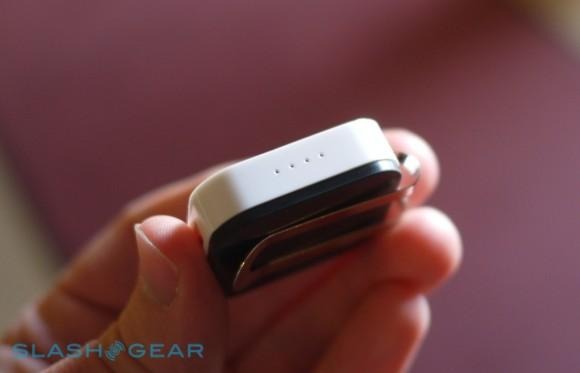
The result, this summer, will be what Källström describes as a "preview release" of Memoto. As the first Kickstarter rewards go out, backers will get final hardware but software and firmware that's still a work-in-progress. Similar to how Pebble and the Google Glass Explorer Edition are gradually being refined with regular code updates, so Memoto plans to push out weekly upgrades to the life-logger.
Even today, though, the core concept works. Generally, Memoto is left to its own devices, snapping two frames every minute (though that can be changed to suit the wearer). When you plug it into your computer – there's no wireless upload option – all of the shots are pulled into the cloud for processing. That, if anything, is more complete than Memoto's hardware challenge, as the company has to make sense of thousands of images collected over the course of the day, and sift them into some sort of structure where looking back through them isn't a full time job.
To do that, Memoto uses a system of color analysis. The predominant colors of each image are picked out, and then compared between frames: if the differences are deemed significant, then Memoto splits those shots into different "Moments" – clusters of connected images – which act as albums. By focusing on colors not the full detail of each shot, the processing can take place as the images are uploaded, meaning Moments are created more rapidly. Eventually, the system will also use GPS to take into account if images were shot in the same location.
Källström and his team knows that, sometimes, the automatic decision as to where the Moments' split should be won't match that of the user. Individual Moments will support merging and then manual splitting, allowing for them to be quickly reorganized; the app will also eventually pick out "dead" frames, such as where there's insufficient light, a hand or other object in the way, or similar, and pare those too.
Memoto hands-on:
We tried out the current version of the Memoto iOS app, which basically takes the form of an infinitely-scrolling timeline. Each Moment is shown in date order, with a "keyframe" cover image – automatically picked, but manually adjustable – and tapping in shows the side-scrolling line of all of the images. A toggle between "best" and "all" shows either every photo in each Moment or just those Memoto's system deems the best: that uses face-recognition, contrast, absence of blur, and symmetry among other things, to pick out which are believed to be of most interest.
A map icon flips each image around and, if there's the right data, shows the location the photo was taken. Memoto is working on a map view too, Källström told us, which would show pins for all of the places you've been while wearing the camera, and allows you to look at photos from there without having to remember what date it was when you visited. Even in this relatively early state, though, the speed of the app is impressive; there's no lag whatsoever when swiping your finger across the image timeline.
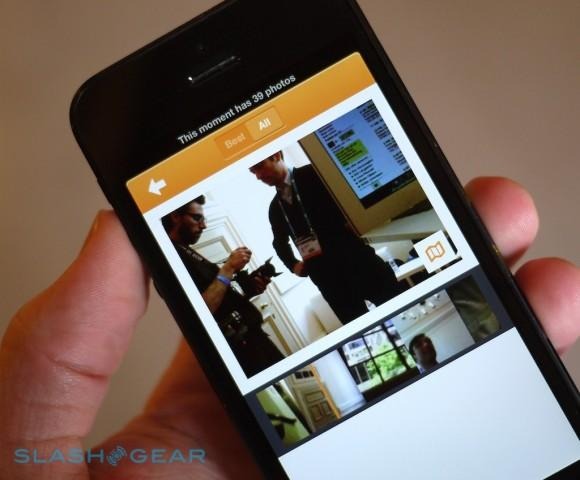
Individual photos can be shared, or entire Moments; Källström says that, rather than uploading dozens of shots – as we've criticized HTC's One and the Zoe system for – Memoto will share just the keyframe image to, say, Facebook, which when clicked will open up the gallery hosted on Memoto's own servers. Since all of the images are in the cloud already, there won't be any uploading delay when you choose which to share. A year's cloud service is included in the sticker price, and Memoto has already said that it won't be holding users' photos to ransom: if you want to export, you can pull all of your shots from the server.
That's not the only openness Memoto is planning on, however. The camera will also have an API for third-party companies to tap into; Källström suggested an example could be RunKeeper integration, pegging photos from your run to the route you took, and allowing you to look back and see if there was a reason for a particularly slower run one day (say, inclement weather). Memoto has already been approached by a number of companies, Källström told us, though has so far left that engagement on the back-burner: the focus now is getting the hardware shipped.
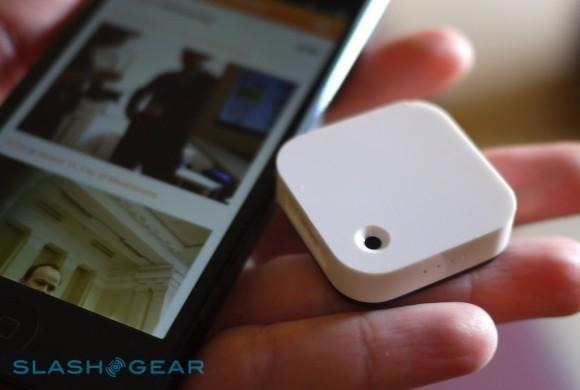
Still, it's ambitious stuff, and it's about more than just one single wearable camera. "We want to build a company, a brand, a business for the long-term" Källström insisted, "and that can't be built on a low-end first product." Memoto has been gratified to find that, while backers find the delays frustrating, they're also keen that the camera works properly when it finally does arrive, and they recognize the effort the company has been putting in to that goal.
In the end, a life-logging camera isn't going to be to everybody's tastes. Not everyone wants to keep a record of each and every place they visit, face they see, display they sit in front of, and journey they make. Eventually, though, the system will be able to tell you how much time you're spending out in nature, Källström said, and how much in the city, too, adding in another layer of understanding about your daily life. The days you scroll through your Moments and see many faces captured are usually the days you've felt most happy and content, he told us; conversely, it's easy to see when you've been antisocial or cloistered away. In the end, he concluded, you really don't recognize the value of life-logging until you're actually living with it.
Memoto app:

